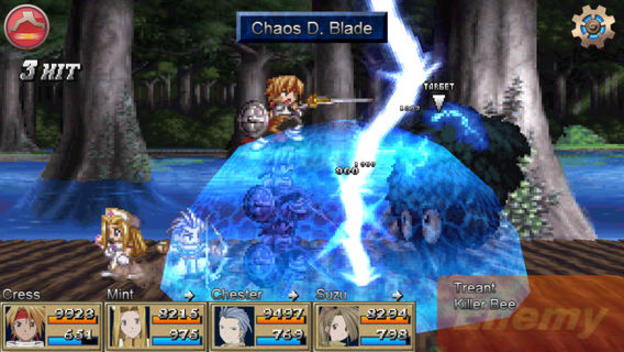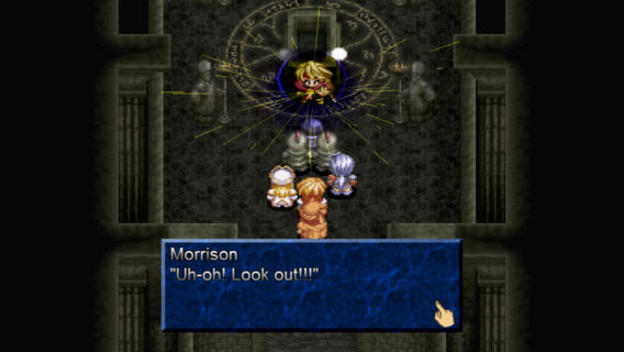The iOS incarnation of Tales of Phantasia is on its deathbed. In-app purchases are ending on July 29, 2014, while it will leave iTunes on August 28, 2014. Normally, this would be a time to lament the loss of a widely available version of a classic JRPG, but instead, all I can think is this: good ridance.
The iOS version of Tales of Phantasia was a blight on the name of one of the best JRPGs the SNES had to offer. It was a travesty, a sham, and an example of how corporate greediness could ruin an otherwise wonderful game. I’m glad it’s dying, because it deserved to die. It should have been shut down immediately after Namco Bandai launched it, and the company should have been forced to make a formal apology for this application.
If you don’t own an iOS device or somehow missed hearing about the fiasco surrounding this port, you’re probably flumoxed by all this venom. Allow me to explain – this iteration of Tales of Phantasia exemplifies everything that’s wrong with the free-to-play game model.
To start, the delisting of a game on iTunes and ending of updates wouldn’t normally mean death for a mobile JRPG. Many companies have it set where there’s only an initial antipiracy check, and once it’s completed, the game doesn’t need to continually phone home for authorization. Not so with this Tales of Phantasia . A player must always be online while playing, the game constantly keeping tabs with Namco Bandai. The termination means that won’t be possible, so even people who have the game and have been playing won’t be able to continue.
But this is only the start of the bad Tales of Phantasia decisions. Namco Bandai deliberately set the JRPG on the hardest difficulty, then tweaked the code. Getting recovery items in-game is more expensive than in the original game, and they aren’t doled out as after-battle rewards. Many save points present in the original game have been eliminated. The game will actually save while a battle is going on so, if you die during said super-tough battle, you can’t reload from a point before it. You have to reload back where you were, die again, and then offer to sell you real-cash items, like a $2 resurrection orb, so you can continue playing.

All this is compounded by an in-battle, touch-based control scheme that seems designed to encourage cheap deaths. As anyone who has ever played a Tales game will know, attacks usually involve pressing an action button and directional button at the same time, while special attacks involve one of four action buttons and a directional button. Here, everything is done by touch. you an enemy to target it, then touch one of three “zones” on the screen to do a standard, aerial, or ground attack. Except the zones aren’t very well labeled, things blur together, and even targetting can lead to inadvertantly attacking.
To be frank, the Tales of Phantasia iOS port is enough to make you appreciate Square Enix. At least with their cash-ins, it’s about an $18 fee, half that or less if you’re patient enough to wait for a sale, and you’re done. The game is yours, there are no limits, and seize the day. I could easily see this Tales of Phantasia game robbing a player of $20 worth of resurrection orbs within the span of a few hours.
So let’s not shed any tears over the loss of this version of Tales of Phantasia . It wasn’t doing anyone any good. The best we can hope for is that it encouraged people to scavenge up a copy of the GBA release and invest in that instead. Because while even that port wasn’t perfect, it was a hell of a lot better than this mess.
